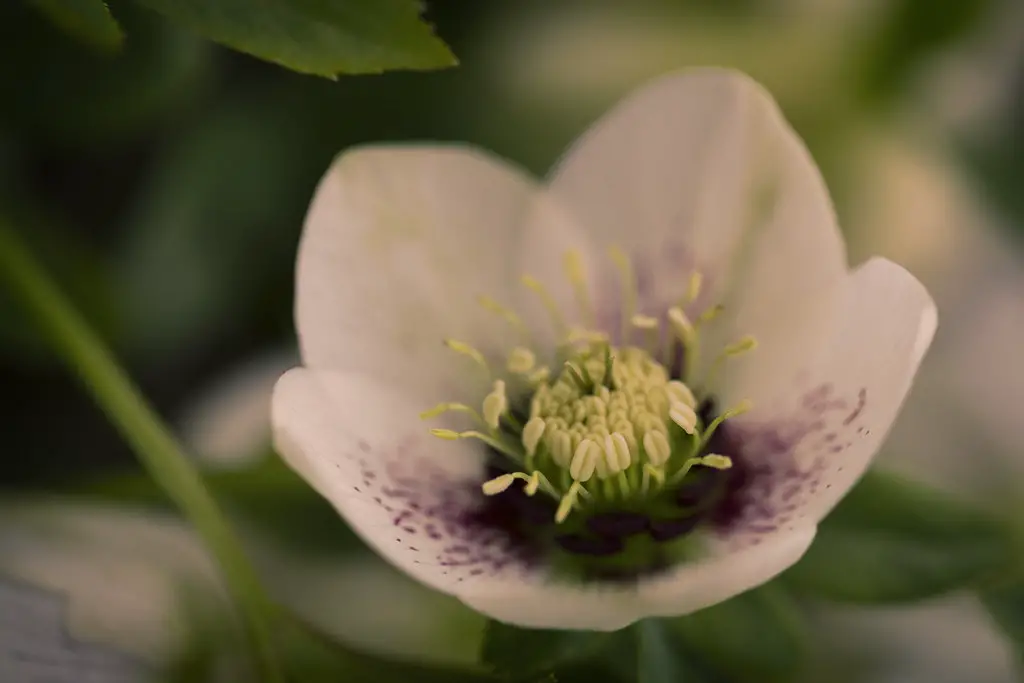Lenten Roses, scientifically known as Helleborus orientalis, are beloved by garden enthusiasts for their ability to bloom when most other plants are still dormant. These beautiful perennials are not actually roses but are so-named because of the rose-like appearance of their flowers. They typically bloom during the Christian season of Lent, from which they derive their common name.
These attractive and resilient flowers come in a variety of shades ranging from white and pale pink to deep purple and maroon. They are known to flourish in shady garden spots where many other plants might struggle. The evergreen foliage adds year-round interest, making them an essential part of many landscapes.
Besides their beauty, Lenten Roses are appreciated for their hardiness. They can thrive in various climates and are generally resistant to pests and diseases. However, like all plants, they do have specific care requirements that need to be met to ensure healthy growth and beautiful blooms.
| Attribute | Details |
|---|---|
| Common Names | Lenten Rose, Winter Rose |
| Botanical Name | Helleborus orientalis |
| Family | Ranunculaceae |
| Plant Type | Perennial |
| Mature Size | 18-24 inches tall and wide |
| Sun Exposure | Partial to Full Shade |
| Soil Type | Well-drained, humus-rich soil |
| Hardiness Zones | 4-9 |
| Native Area | Eastern Europe, Western Asia |
Lenten Rose Care
Lenten Roses are considered relatively easy to care for, particularly in terms of their resilience against pests and diseases. However, they do have specific needs regarding soil quality, water, and light to ensure a healthy growth habit.
The most critical factor in Lenten Rose care is their location. Planting them in a spot with appropriate light conditions and well-drained soil can set them up for long-term success. Regular watering is essential, particularly in the growing season, but care should be taken to prevent waterlogging, which can cause root rot.
Light Requirement for Lenten Roses
Lenten Roses prefer partial to full shade, especially in hotter climates. They can tolerate some morning sun but need protection from harsh afternoon sunlight, as excessive exposure can cause foliage to scorch.
Soil Requirements for Lenten Roses
Well-drained soil that is rich in organic matter is ideal for Lenten Roses. The soil should be kept moist but not soggy, and it should have a slightly acidic to neutral pH level.
Water Requirements for Lenten Roses
These plants prefer consistent moisture, especially during their growth period in the spring and summer. However, they don’t like to be waterlogged, so it’s crucial to plant them in well-drained soil and avoid overwatering.
Temperature and Humidity
Lenten Roses thrive in moderate temperatures and can tolerate cold winters, as long as the ground doesn’t stay frozen for prolonged periods. They do well in various humidity levels but prefer not to be in overly dry environments.
Fertilizer
A balanced, slow-release fertilizer can be applied in early spring to encourage strong growth and beautiful blooms. Avoid over-fertilizing, as excessive nutrients can lead to lush foliage at the expense of flowers.
Pruning Lenten Roses
Pruning Lenten Roses mainly involves removing dead or damaged foliage to keep the plant looking neat. Careful removal of old leaves in late winter can also help showcase the beautiful flowers.
Propagating Lenten Roses
Lenten Roses can be propagated through division or seed. Division is usually done in the early spring, while seeds should be sown fresh, as they lose viability quickly.
How To Grow Lenten Roses From Seed
Growing Lenten Roses from seed can be a slow process. Fresh seeds should be sown in well-drained soil, and patience is required, as germination can take up to a year or more.
Common Pests & Plant Diseases
Aphids
Treat infestations with insecticidal soap or neem oil.
Black Spot
Practice proper spacing and water the base of the plant to minimize this fungal disease.
Common Problems With Lenten Roses
Yellowing Leaves
Caused by overwatering or poorly drained soil.
Lack of Blooms
Could be due to planting in a location with too much sun or poor soil.
Pro Tips
- Plant Lenten Roses in a shaded spot with well-drained soil.
- Water regularly but avoid waterlogging the soil.
- Consider adding a layer of mulch to retain soil moisture and regulate temperature.
- Be patient if growing from seed, as germination may take a long time.




